
When it comes down to Android running on a smartphone, there’s a collection of devices out there that bring you a “Pure Google” experience, developed between the manufacturer and Google specifically to bring you the best experience you’re going to get with each main version of their operating system – the Galaxy Nexus is next in line in this family line, and here in the Verizon version we get our first official USA glimpse of Android 4.0 Ice Cream Sandwich. The first version of this device was released a few weeks ago internationally, this version just dropping today at Verizon with 4G LTE capabilities and a couple tiny modifications to the operating system in the form of apps placed there by Verizon. In our first look here, we’ll explore how the device feels to handle, some initial benchmarks, and some photo and video examples so you can see if you’ll truly want to be running down to your local Verizon store to snatch one up.
Of course I’m assuming you’re not already down at your local Verizon store and that you’ve not been there since 1AM waiting for the clerk to open the door. I’m sure many of you definitely DID do such a thing as this is one of the most widely anticipated releases in the history of Android. That said, real fanatics may well have picked up the international edition weeks ago, this just another version for you to replace that with. So what are we dealing with then here in the USA Verizon release of the Galaxy Nexus? An ever so slightly modified edition of the device. The weight is just a bit heavier, the facade just a bit thicker, and you’ll have to take an extra 5 minutes out of your day to knock out those two Verizon apps if you want a more “pure” Google experience, just the way the Google gods intended it.
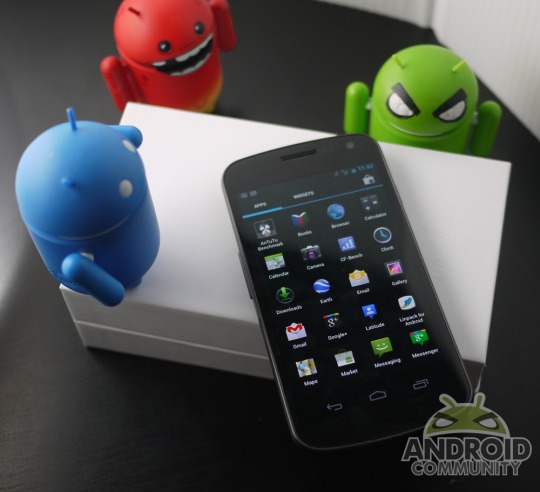
But once you fire this device up, you’ll know instantly that you’re back in the Google zone. Like the Nexus S, you see the most basic vision of Google’s plain white logo staring back at you when the device is turned on, and that fantastic flipping of many-colored rectangles flies around the display as the loading begins. From there on in, it’s nothing but HD brightness and Ice Cream Sandwich goodness. You’ve got a device here with specifications that match or are at least comparable to some of the nicest Android devices out there today (see the full chart in the Device listing at the end of this article) and Samsung has done a nice job in making sure the chassis on this device are no less than their best effort yet for a handset.
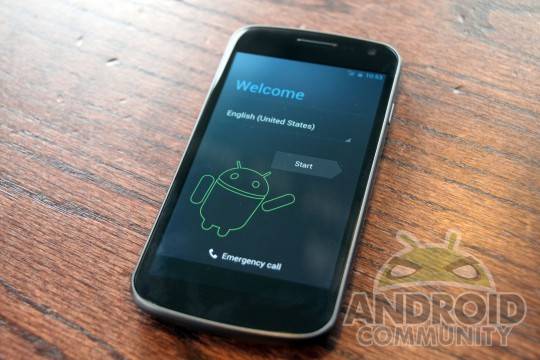
Those of you who have been using a Galaxy S II device from Samsung will notice right away the weight and size difference in this device. Where the international and AT&T editions of the Galaxy S II are undeniably light and a nice fit for the hand, those of you that’ve been using one of these devices for weeks will find that the Galaxy Nexus is going to take a little bit of getting used to. The weight does feel healthy though, and the size does still allow for your thumb to reach the entirety of the screen (if you’ve got a big thumb, that is.)
Now as far as Ice Cream Sandwich goes, there’s not just a whole lot of surprises here that you’ve not already seen in the vast array of Ice Cream Sandwich hands-on looks you’ve seen for the Galaxy Nexus in the past. What is slightly different on the other hand is the benchmarks. Have a look here at a collection of benchmarks we’ve just run on the device right out of the box:
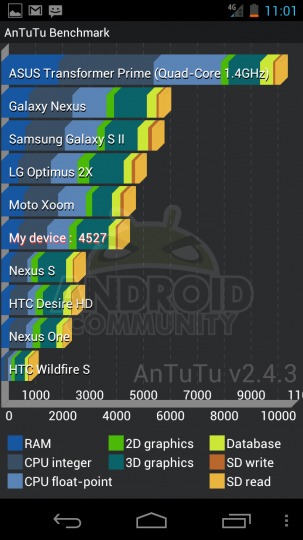
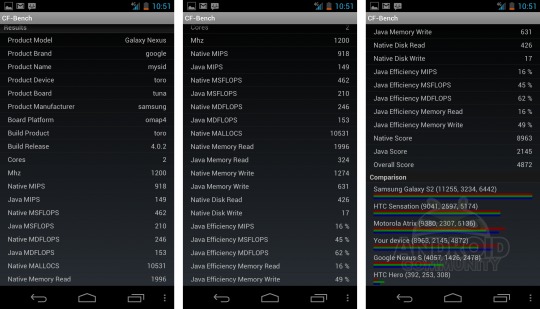
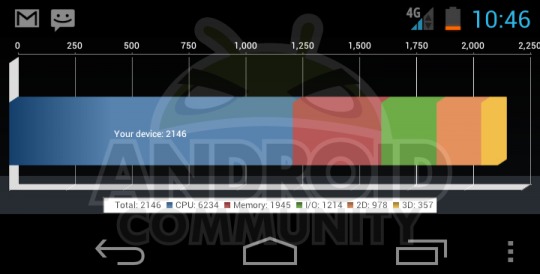
Next let’s take a peek at some photos and video taken with this device. This handset has a 5 megapixel camera, that being less of a big gun than a lot of top tier smartphones out there today, but Google and Samsung have boasted a better bit of gear in this camera setup that’s supposed to make the media you collect just as nice. The rate at which you can take photos is quickened, there’s no doubt about that, and the photos and video certainly don’t seem half bad.



Then of course there’s the Verizon 4G LTE factor. Our first few tests have been suitably impressive, beating down the international edition of this device without mercy. That’s the biggest difference between this and the original Galaxy Nexus, just so you know, not just one whole heck of a lot of other things show it as a different device in any which way at all.
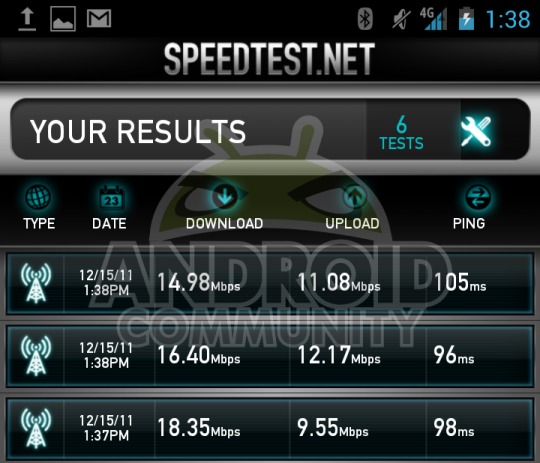
Over the next few days we’ll be reviewing this device in its entirety so you can see if it’s the device you’ve been waiting for all this time. Let us know in the comments section what you need to know about the device in order to sway your decision one way or the other. Ask questions, ask as many questions as you can possibly muster – and you can bet we’ll do our best to answer all!
[device id=”2091″]


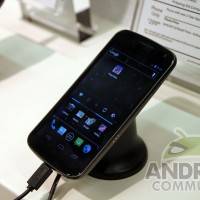
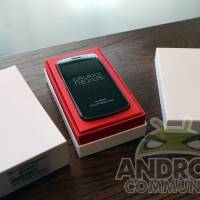
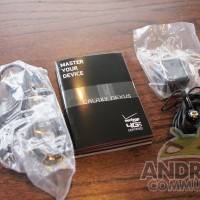


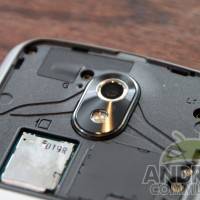
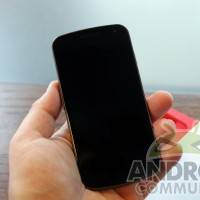











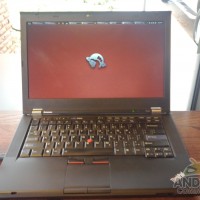



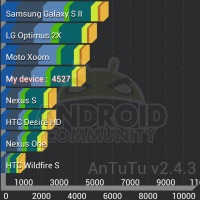
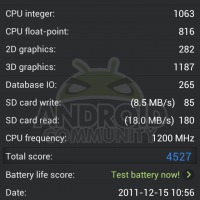
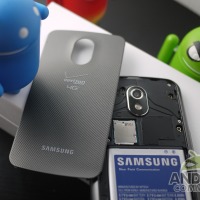

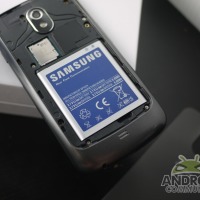




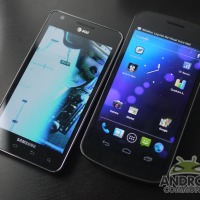

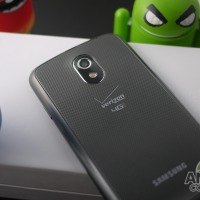
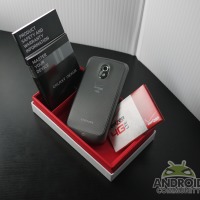

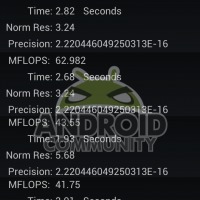

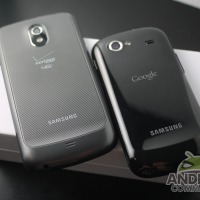

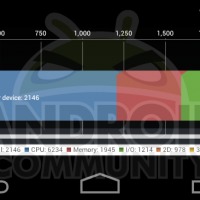
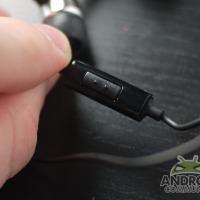


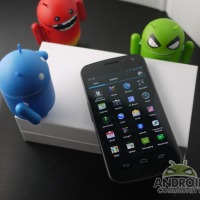
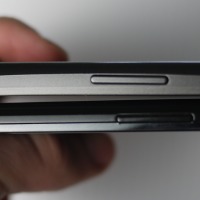

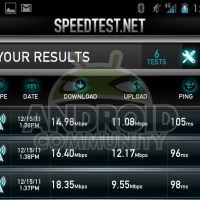








How does Google Wallet work?
lol
Does it fit in standard Galaxy Nexus cases even with the extended battery? Or will we be seeing different sets of cases popping up for different sizes (GSM, LTE, LTE-Extended)?
Now that’s a nice feature to have; to know when you’re going to run out of room; as I take a lot pictures when I’m traveling. I’m still not sold on the ice cream sandwich.
I was worried about ICS at first too, but it is amazing!
PLEASE DELETE IT
I read Google Voice have some issue with ICS.
Did you test it ?
seems fine here.. will keep testing
Thanks a lot !
Now I can buy one 🙂
Hows the ringer volume and vibrate?
dude this phone is everything I’ve ever wanted in a phone + more. I absolutely love it and I’m coming from a thunderbolt which was a great phone. Guys ICS is amazing, the actual phone is amazing, just get one already!
Hello fellow Verizon Galaxy Nexus users. I’m not as tech savvy as some people on here, but I have a problem that is a bit of an issue for me… I can’t seem to get connected with the internet outside of wifi hot spots. In other words, I NEED to be connected to wireless internet to be able to connect. This is a MAJOR ISSUE for me. Is anyone having the same problem???? Is this the same “signal” problem that everyone else has?
Advice and/or comments are much appreciated!Thank you!